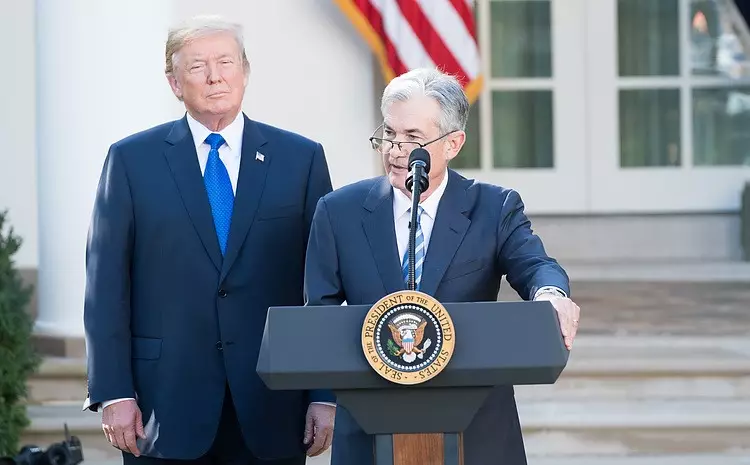The Federal Reserve, America’s central banking system, plays a pivotal role in fostering a stable economy. Recently, President Alberto Musalem of the Federal Reserve Bank of St. Louis articulated his stance on potential interest rate cuts as a means to navigate the evolving economic landscape. His statement not only reflects the Fed’s ongoing mission to achieve price stability and full employment but also underscores the complexities and challenges inherent in monetary policy-making.
Musalem advises a cautious approach toward interest rate cuts, indicating that the performance of the economy will be a critical determinant of future monetary policy decisions. He suggests that while gradual reductions may indeed be necessary, they require careful calibration to avoid the pitfalls of hastiness. His assertion that the consequences of easing monetary policy “too much too soon” carry greater risks than easing “too little too late” denotes a fundamental tension in interest rate policy.
This caution is rooted in a deep-seated concern about inflation. As Musalem points out, a persistently high inflation rate could undermine the Fed’s credibility, affecting both current employment and future economic growth. This perspective is salient in a context where economic indicators exhibit a mixed signal: the job market may appear cool, yet the overall economy remains robust.
The Fed’s target inflation rate of 2% serves as a crucial benchmark for its monetary policy actions. Musalem acknowledges the possibility that inflation may not converge toward this target, yet he also asserts that the risks of sustained inflation above this level have lessened. Such a nuanced understanding of inflation dynamics is essential, especially when coupled with Musalem’s belief that the state of financial conditions remains conducive to economic growth.
Moreover, the influence of interest rate changes on the US dollar is an essential consideration. When the Fed raises rates in reaction to rising inflation, it typically strengthens the dollar, attracting international investors. Conversely, lowering rates to stimulate borrowing tends to weaken the currency. This push and pull between interest rates and currency value represents a recurring theme in economic discussions.
Central to the Fed’s decision-making process is the Federal Open Market Committee (FOMC), which convenes eight times a year to evaluate economic conditions. This body consists of twelve members, including both the Board of Governors and regional Reserve Bank presidents. Their collaborative approach ensures that a diverse range of perspectives informs monetary policy, which is crucial for effective governance.
Additionally, in rare circumstances, the Fed resorts to non-standard policy measures like Quantitative Easing (QE) or Quantitative Tightening (QT). QE, primarily utilized during the 2008 Financial Crisis, involves the Fed purchasing bonds to inject liquidity into the economy, while QT represents the withdrawal of this liquidity by halting bond purchases. Understanding these measures provides critical insight into how the Fed reacts during economic turbulence, aiding analysts and scholars in predicting future trends.
As Musalem notes, current economic activities are also influenced by external factors, such as election uncertainty. Such uncertainties can lead to volatility in economic performance, as businesses and consumers may alter their behavior in anticipation of policy shifts that could follow an election cycle. This interplay between political dynamics and economic performance is a crucial element that central banks must navigate carefully.
Furthermore, the broader economic landscape can shift quickly, challenging the Fed’s ability to maintain its dual mandate. In light of potential geopolitical tensions or market disruptions, the Fed’s responses require a delicate balance between immediate economic stimulus and long-term stability.
President Musalem’s insights highlight the intricate calculations that underlie monetary policy, particularly regarding interest rate adjustments. His call for cautious rate cuts reflects a nuanced understanding of current economic conditions, with significant implications for credit availability, inflation management, and the overall health of the economy. As market dynamics evolve, the Fed’s decisions will continue to play a crucial role in shaping the economic trajectory of the United States, ensuring that both price stability and full employment remain within reach. Balancing these competing priorities will remain a central challenge for the Fed in the years to come.

